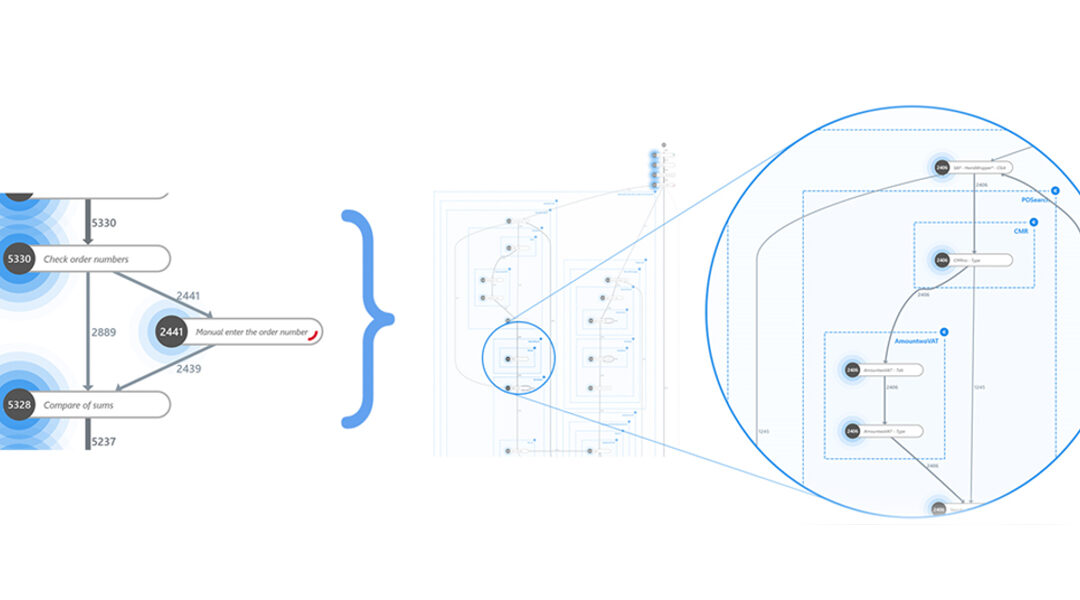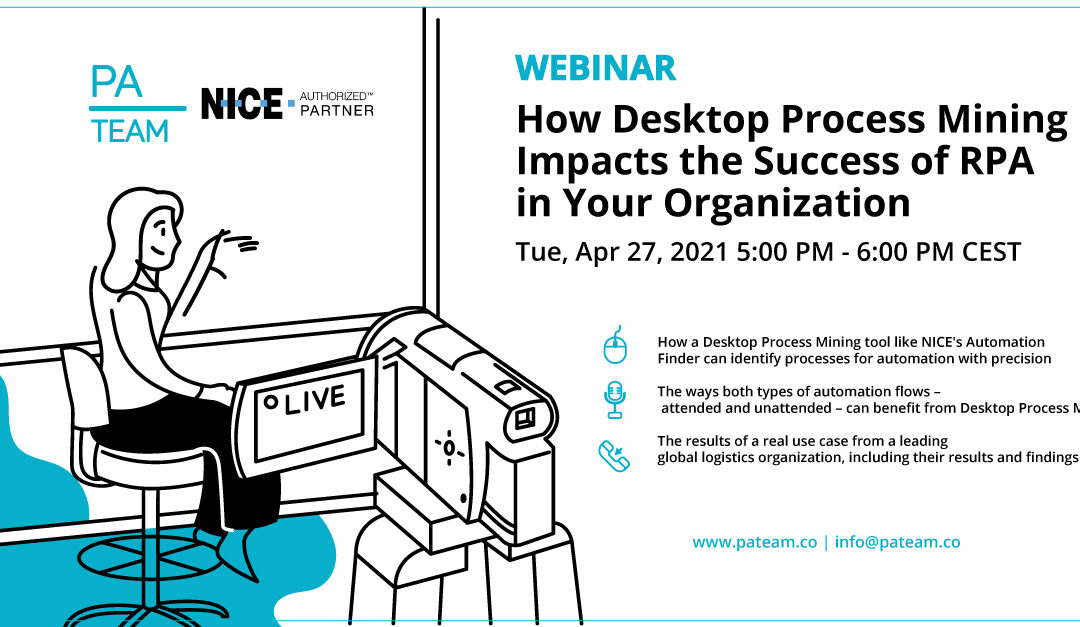
Robots Vs Zombies: More Meaningful Work Is Coming
The fear we have from film and television is that robots are coming for our lives. In real life, people fear more that they are coming for our jobs. Neither of those things is really true. Robots stand with us as a means to free ourselves from the zombification of ourselves at work. They are designed to help us have more time in and out of work, and they’re presence will only grow in the coming years.
Just The Job
There is no question that automation is going to play a part in reducing the number of basic jobs that are available to us. Their very purpose is to be set to tasks we would rather not do. In many cases this is repetitive and labour intensive work. But this isn’t new, in fact in our short history, humans have continuously developed ways to make things easier which has always meant someone was no longer required to complete a task.
Robots Work for Us
However, this doesn’t mean that work will dry up for a huge number of people. Human oversight is still very much required. Robots by nature are simple, they struggle with fringe cases or errant data.
Humans are perfect in situations that require flexibility and the application of intelligence. The only jobs that will be lost are the zombie ones – which leave people bored and unfulfilled. Robots can give us the time to learn more and focus on the jobs where we can add value – and in turn feel more valued.
Time Is Relative
The real irony here is that we quickly approach a reality where people expect access to everything all the time wherever they are. They themselves want to work less and more flexibly – but at the same time demand more availability from every other person and company.
The only feasible way to achieve this is with robots. Robots which can manage customer service out of regular hours. Robots which can keep manufacturing when we are with our families. RPA enhances our lives, by allowing business to scale: without us always needing to be there.
Machines Bring Opportunity
When was the last time you asked if your employees were enjoying their work? It’s a vital question. If you can afford your employees more balance in their work and personal lives, more freedom to choose and pursue new avenues of learning. they will be fundamentally happier.
Ultimately, every business, every customer, every person is looking for ROI. They are looking for the best ROI they can find – both financial and personal. More money, more time, more balance. Happy employees make happier clients – which make the happiest shareholders.
That’s the simple recipe for a healthy company. RPA can be the spark for that shift and can offer some of the best ROI of any tech on the market.
If you want to find out more about bots and how they’ll help us vanquish the zombie threat, reach out to us today.





